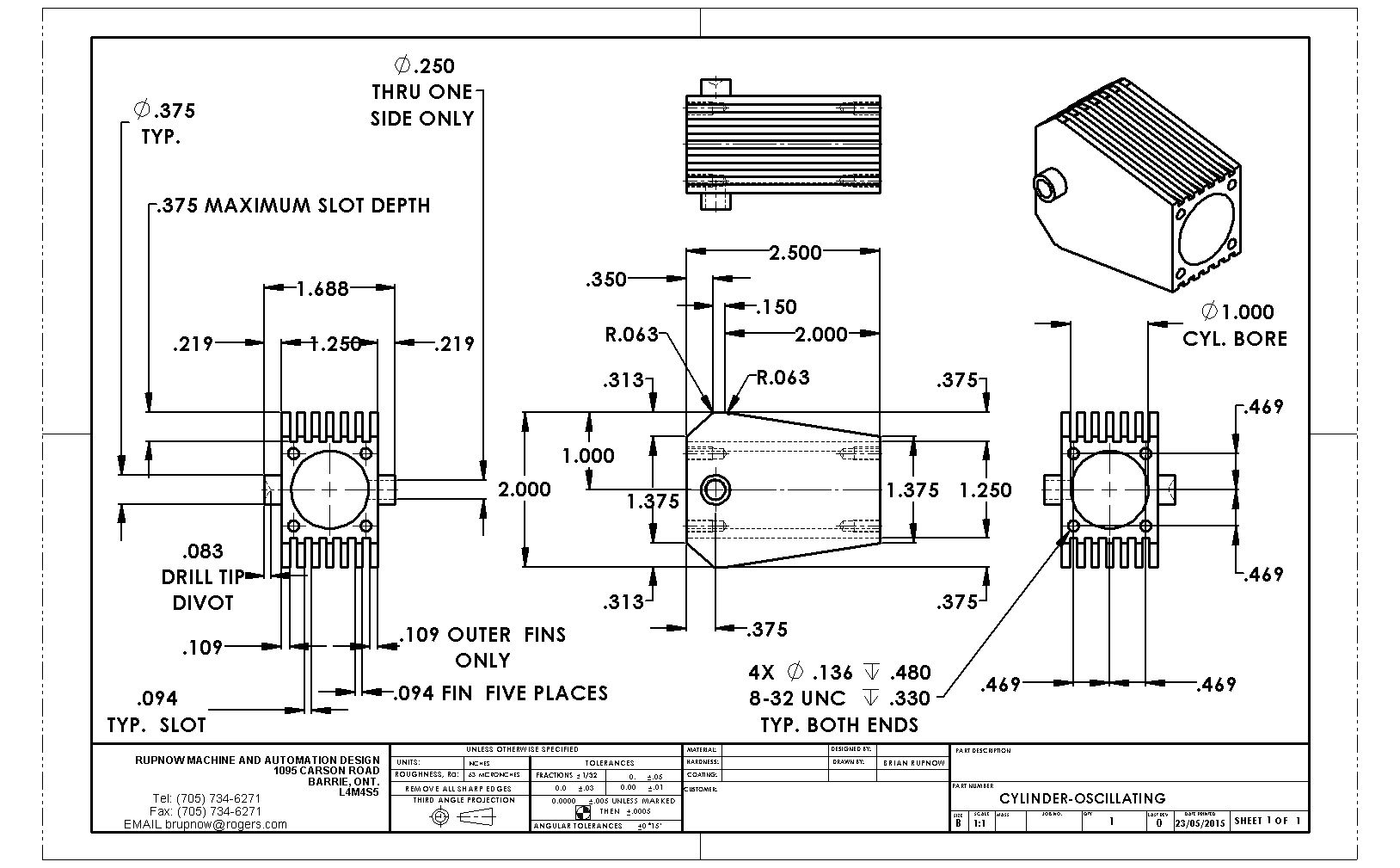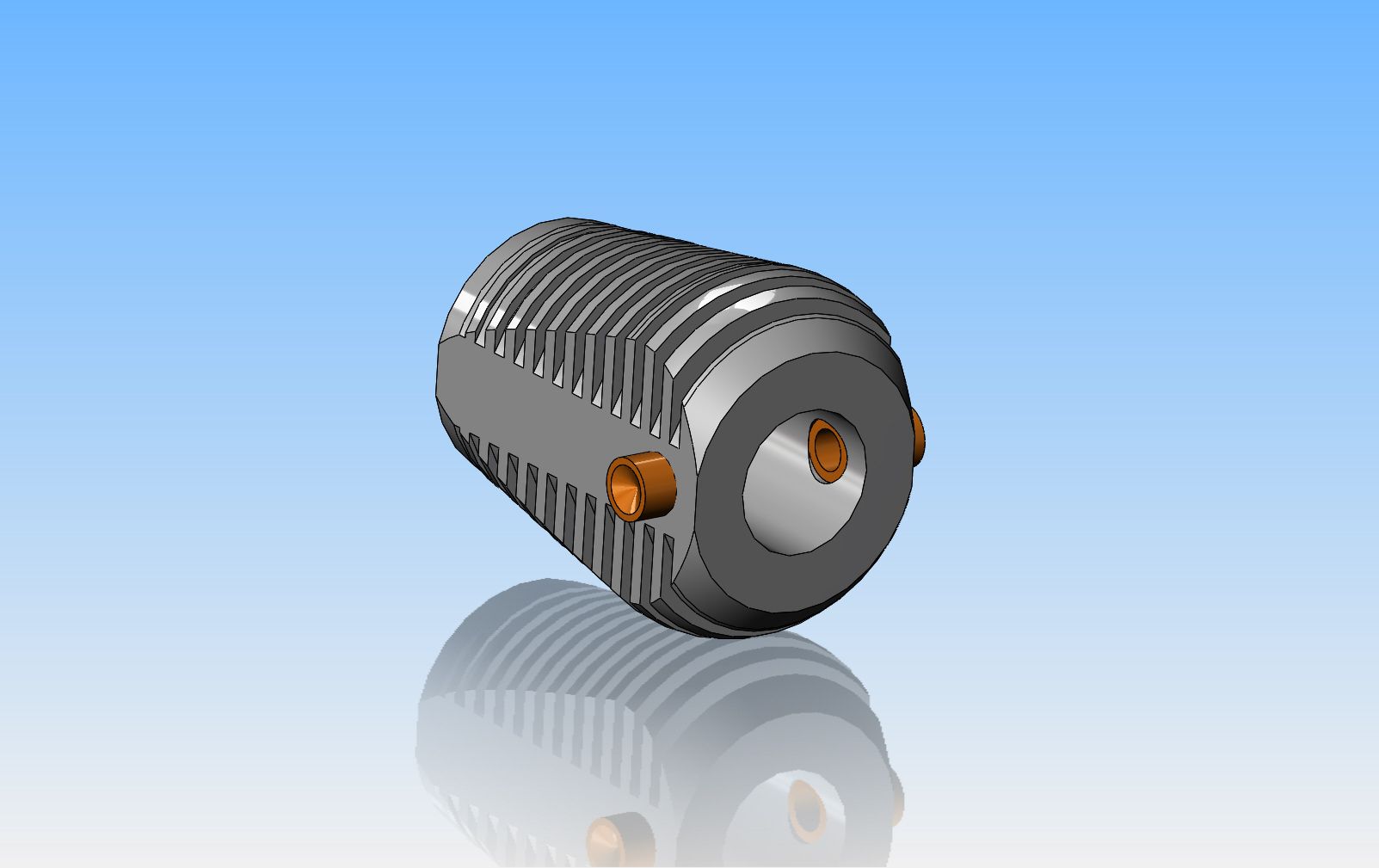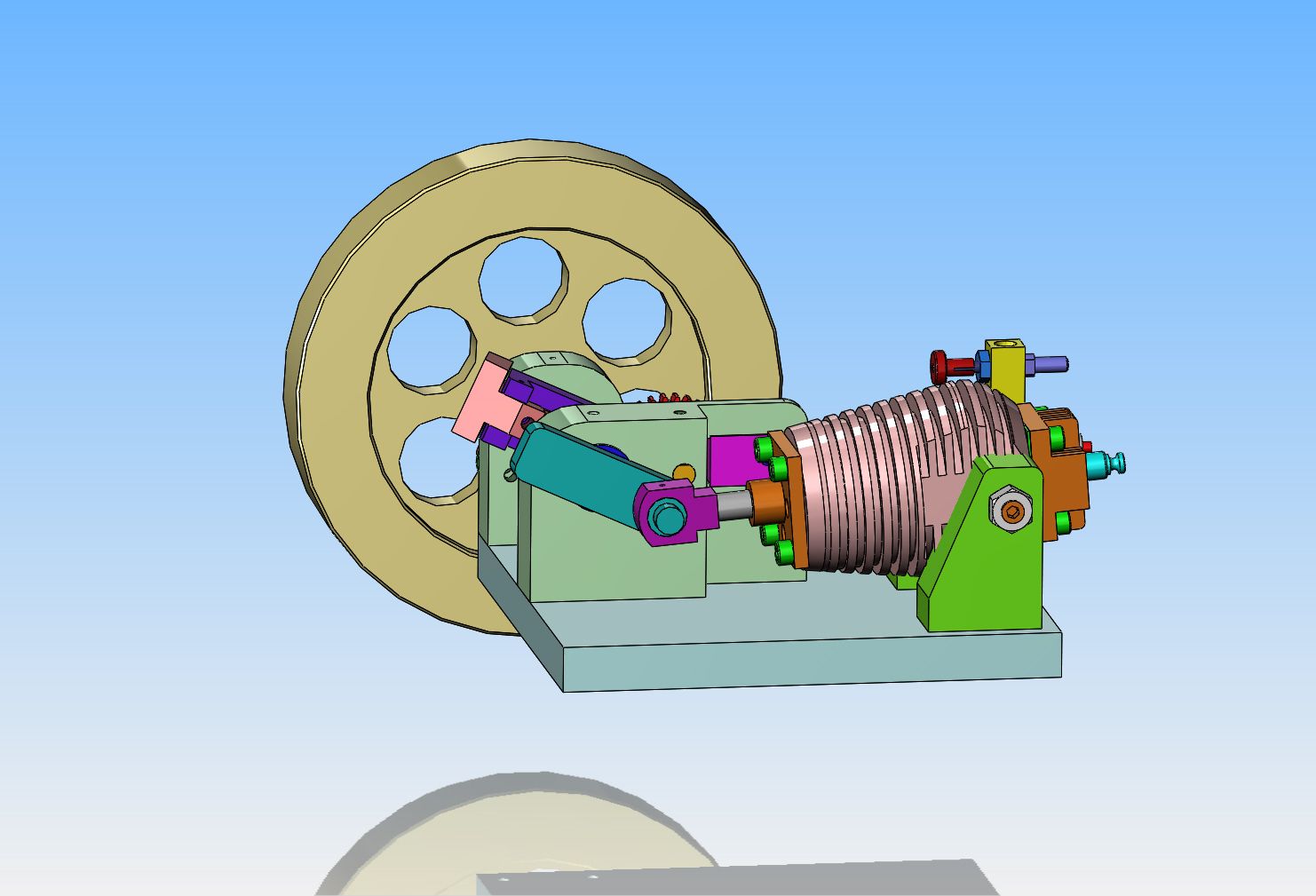RonGinger
Well-Known Member
For the small size engines we are talking about here just about any metal ought to work. Nothing gets heavily loaded. We dont run them long enough to do any real wear. If you make an aluminum cylinder and pivot how many hours do you expect it to run? Ill be most models dont run more than a few dozen hours in their lifetime. Has anyone ever taken a model apart and noticed major wear?
I am sure neither Phil Duclos or Bob Shores ever did any calculation to determine the metal type- they just specified what they liked to work with.
I am sure neither Phil Duclos or Bob Shores ever did any calculation to determine the metal type- they just specified what they liked to work with.







